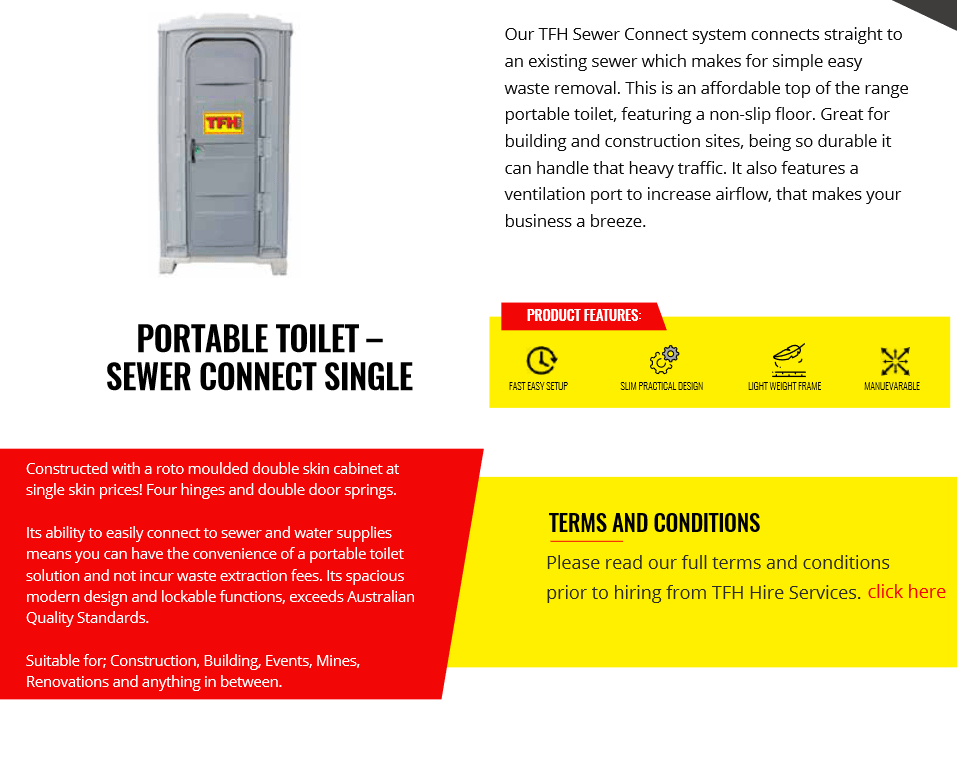The Only Guide for Reclaim Waste
The Only Guide for Reclaim Waste
Blog Article
Some Known Details About Reclaim Waste
Table of ContentsThe Greatest Guide To Reclaim WasteAbout Reclaim WasteThe Only Guide for Reclaim Waste8 Simple Techniques For Reclaim WasteAn Unbiased View of Reclaim Waste
Domestic sewer waste refers to the waste and products from a household septic storage tank. The proper administration and disposal of domestic sewage waste call for liquid waste to be transferred to a sewer treatment plant where the appropriate approaches and equipment are used to detoxify and dispose of waste.
Industrial waste usually includes prospective hazards, such as flammable products or a mix of fluid and solid waste products, and calls for an advanced and detailed disposal process. The disposal of industrial waste normally involves the filtering of waste prior to transportation to make sure safe and proper disposal. Hazardous waste is developed from byproducts and runoff of industrial processes and manufacturing.
This sort of waste can not make use of the exact same sewer monitoring transportation or processes as septic or business fluids. The commercial waste administration procedure calls for the evaluation and screening of fluid waste prior to it undertakes the disposal process (liquid waste disposal). Drainage waste is the fluid waste that originates from drainage and excess stormwater in very populated areas or cities
Overflow waste can trigger contamination and flooding if not taken care of properly. Making sure proper waste administration can protect against disasters and lower ecological damage.
What Does Reclaim Waste Do?
Call PROS Solutions today to find out regarding our waste management and disposal services and the correct methods to look after the liquid waste you generate.
(https://businesslistingplus.com/profile/reclaimwaste1/)Do you understand what occurs to your water when you end, purge the toilet or drain the cleaning maker? No? Well, it deserves understanding. This so-called 'wastewater' is not only a vital resource yet, after treatment, will be launched to our land, waterways or the ocean. Made use of water from commodes, showers, baths, kitchen sinks, washings and commercial procedures is referred to as wastewater.

water made use of to cool equipment or tidy plant and devices). Stormwater, a kind of wastewater, is drainage that streams from agricultural and urban areas such as roofing systems, parks, yards, roads, paths and gutters into stormwater drains, after rain. Stormwater moves untreated directly to local creeks or rivers, eventually getting to the sea.
How Reclaim Waste can Save You Time, Stress, and Money.
In Queensland, the majority of wastewater is dealt with at sewage treatment plants. Wastewater is moved from residential or industrial sites through a system of sewers and pump terminals, understood as sewage reticulation, to a sewage therapy plant.
The Department of Natural Resources recommends city governments concerning handling, operating and maintaining sewage systems and therapy plants. find more info In unsewered locations, local governments might call for owners to mount specific or house sewage therapy systems to treat residential wastewater from commodes, kitchens, restrooms and washings. The Department of Natural Resources authorizes making use of family systems when they are confirmed to be effective.
A lot of stormwater obtains no therapy. In some brand-new class, treatment of some stormwater to eliminate clutter, sand and crushed rock has actually begun making use of gross contaminant catches. Wastewater treatment takes place in 4 phases: Eliminates strong issue. Bigger solids, such as plastics and other items wrongly discharged to sewers, are removed when wastewater is travelled through displays.
Wastewater then streams right into large tanks where solids resolve and are gotten rid of as sludge. Oil and residue are skimmed from the surface area. Makes use of little living organisms knows as micro-organisms to break down and get rid of staying liquified wastes and fine fragments. Micro-organisms and wastes are included in the sludge. Removes nitrogen and phosphorus nutrients that might create algal blooms in our rivers and threaten aquatic life.
Not known Details About Reclaim Waste
Nutrient elimination is not readily available at all sewer treatment plants since it needs pricey specialised equipment. Clear liquid effluent produced after therapy may still have disease-causing micro-organisms - liquid waste disposal melbourne.

Many wastewater moves into the sewage system. Under the Act, regional governments carry out approvals and permits for environmentally pertinent tasks (Periods) involving wastewater launches that may have a neighborhood effect.
The Best Strategy To Use For Reclaim Waste
Tracking supplies accurate information about water high quality and can verify that licence conditions are being satisfied. The info acquired with tracking offers the basis for making water high quality decisions.
Report this page